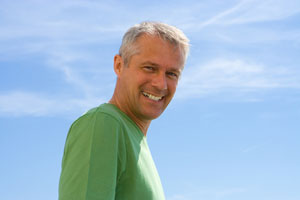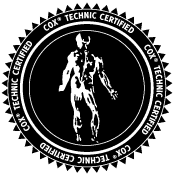 No lower back pain? You're 50 years old? You feel great? Want to stay that way? You can help do that with only 15 minutes of exercise a day to prevent back pain. Shoreline Medical Services/ Hutter Chiropractic Office is here to help you when you hurt, but we also suggest you to do what you can to take care of your spine.
No lower back pain? You're 50 years old? You feel great? Want to stay that way? You can help do that with only 15 minutes of exercise a day to prevent back pain. Shoreline Medical Services/ Hutter Chiropractic Office is here to help you when you hurt, but we also suggest you to do what you can to take care of your spine.
And in that vein, Shoreline Medical Services/ Hutter Chiropractic Office shares this new research article that touts mild, home calisthenics, ones that boost balance-muscle strength to prevent lower back pain in 50 year old healthy working people. (1) Sounds great! As a side benefit to lower back pain prevention, the researchers even hypothesize that respiratory function improvement may be linked to posture improvement. It's a win-win situation.
So what could you try in the form of Groton lower back pain exercise? Shoreline Medical Services/ Hutter Chiropractic Office signs on with the researchers that the key word is mild. You don't have to become a gym-rat or a muscle bound athlete. The research paper's authors focused on balance-control and low-back-musculature strengthening. Shoreline Medical Services/ Hutter Chiropractic Office does, too. Think about doing some simple lower back exercises like the pelvic tilt and pelvic lift. Add some stabilization ball exercises for balance. And the terrific part of the study and its recommendations? Just 15 minutes a day created results.
So, contact Shoreline Medical Services/ Hutter Chiropractic Office. We'll discuss first what exercises might be appropriate for you and your lower back pain prevention plan. Our Groton chiropractic clinic is your lower back pain prevention and relief teammate!

